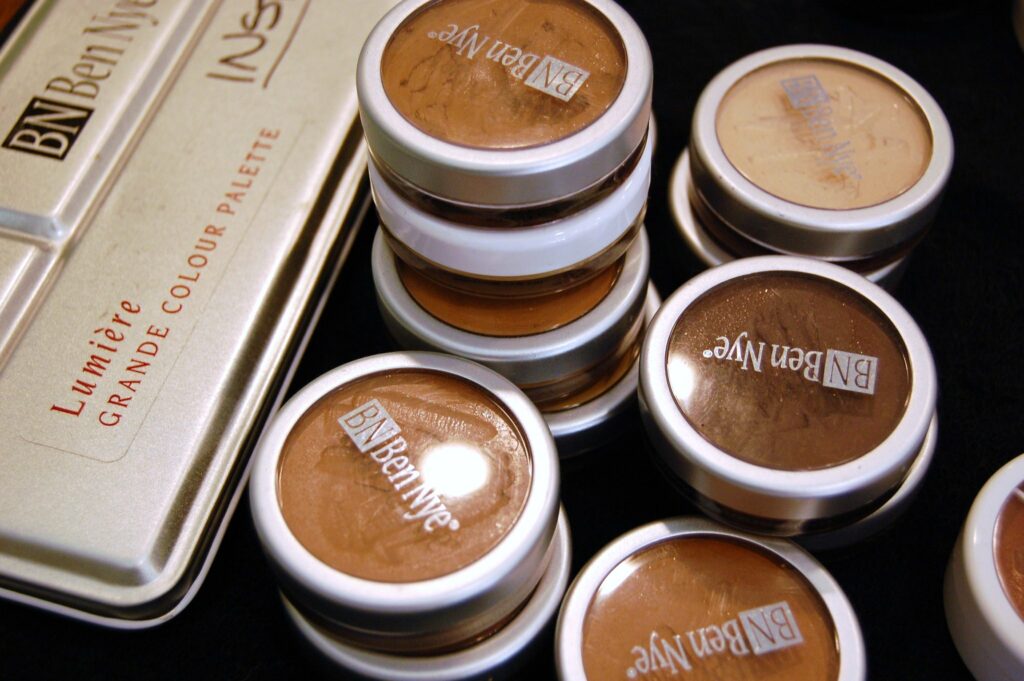Talc is a mineral ingredient that has been used in personal care products for decades. It can improve the texture and feel of products, absorb moisture and act as inexpensive filler. But its extended use also comes with risks, a new study showed, finding asbestos in many talc-based products.

It’s not the first time asbestos and talc have been linked. Because of how and where talc is mined, mineral deposits used for manufacturing products sold in the United States are consistently found to be contaminated with asbestos (such as tremolite and anthophyllite). The problem is that asbestos is a well-known carcinogen and there is no safe level of exposure to it.
More than 2,000 personal care products sold in the last three years contain talc, according to a recent survey of the Environmental Working Group (EWG). The products include eye shadow, foundation, blush, face, and body powders. More than half are powder products, which pose a risk of inhalation hazards.
Seeking to further investigate the presence of asbestos in talc-containing cosmetic products, a group of researchers from the EWG analyzed 21 talc-based cosmetics products. The products were purchased in retail stores in San Francisco, California, and Washington, DC, and from an online retailer.
Nearly 15% (or 1 in 7) products were found to be contaminated with asbestos: one toy make-up kit, and two eye shadow palettes. In the toy make-up kit, 1 eye-shadow was positive out of 3 shades tested. In the 2 palettes, 20% and 40% of the eyeshadow colors tested contained asbestos, the findings showed.
“The prevalence of asbestos found in cosmetics from this study is troubling given that most people don’t expect asbestos to be in their make-up, especially not in children’s toy make-up,” Tasha Stoiber, Ph.D., co-author of the new paper and scientist at EWG, told ZME Science. “This highlights the lack of adequate screening of talc”
Cosmetics companies have been aware since the 1950s of the possibility of talc being contaminated with asbestos. But consumers were first alerted in the early 1970s. Companies then convinced the Food and Drug Administration (FDA) that they could be trusted to regulate their own products instead of being regulated by the state.
There is currently no regulation in the US that requires the screening of talc for asbestos; the testing that is conducted is voluntary. Furthermore, the FDA does not have the authority to issue mandatory recalls when products are found to be contaminated, the researchers wrote in their study.
The standard method used by the industry to screen for asbestos contamination – if they choose to do so – does not have the sensitivity to reliably detect the contamination. That’s why Stoiber and her team are calling for a more sensitive and reliable method to be adopted as the standard across the US.
Last year, congresswoman Debbie Dingell introduced legislation that would require warning labels on cosmetics that could contain asbestos and are marketed to children. If the legislation moves forward, companies would be required to use rigorous and updated testing methods to test cosmetics for asbestos.
“We will continue to call attention to the hazards posed by using talc-based products, especially for children. We will also continue to push for cosmetics reform, calling attention to the lack of regulation and adequate screening necessary to keep consumers safe. And, we will work directly with the industry,” said Stoiber.
The study was published in the journal SAGE.


